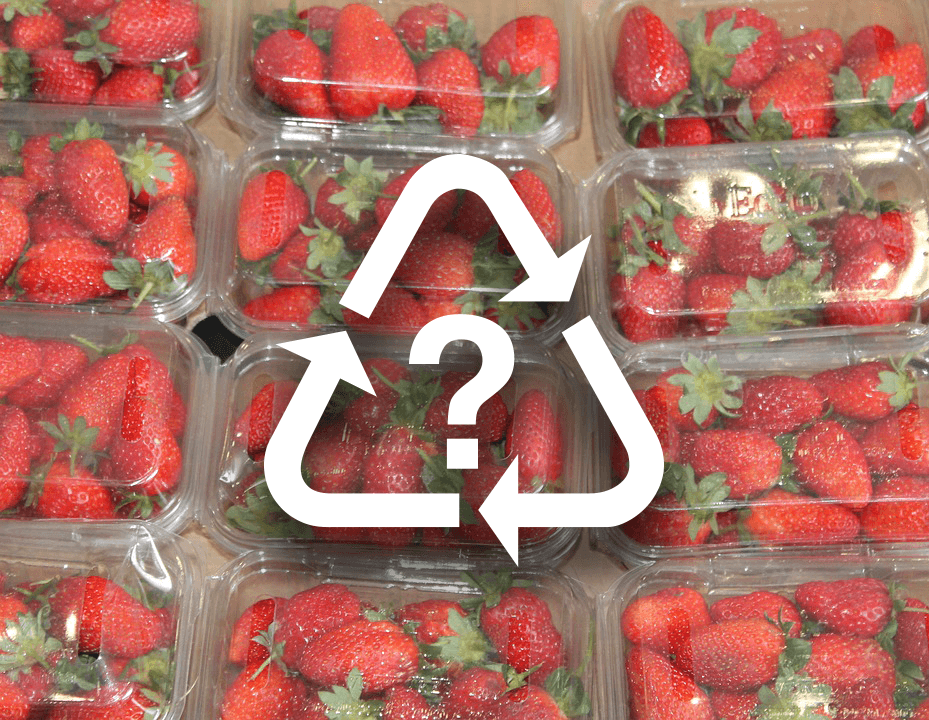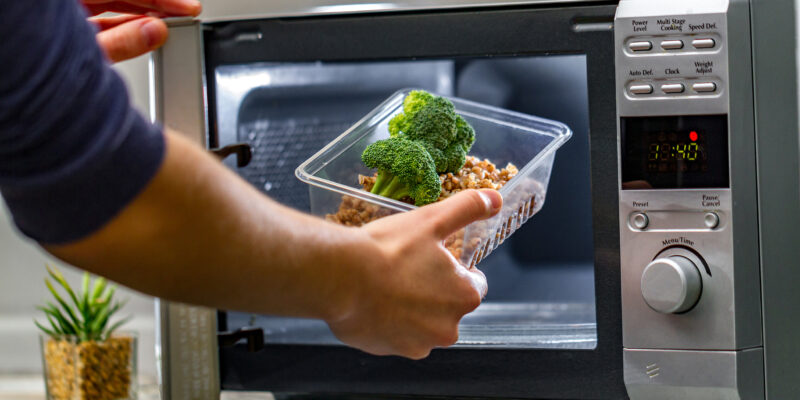Did you know? Plastic is a surprisingly versatile material with elemental origins.
Elements from the periodic table, such as carbon, hydrogen, oxygen, nitrogen and sulfur, are the building blocks for a variety of plastics used to make many of the products we use every day. Some plastics are transparent and durable for use in eyeglasses or safety goggles. Other plastics are strong and lightweight, allowing us to ship more products with less packaging. Plastics can even be bacteria-resistant for use in food packaging and life-saving medical equipment.
You don’t have to be a scientist to understand the many ways plastics are useful.
Plastics are used in many types of food packaging and containers for a variety of reasons – they help protect foods from damage, provides food safety and extends the freshness of foods.
What are the different types of plastics used in food packaging?
You may have seen the number 1 through 7 on the bottom or side of a plastic packaging container. This number is the plastic “resin identification code,” also known as the “recycling number.” This number can also provide guidance for consumers who want to recycle plastic containers.
Many major types of plastic resins used in packaging (#1 through #7) are recyclable. Most frequently, community recycling programs collect plastic bottles made from PET (#1) and HDPE (#2), but many communities are expanding their programs to collect additional types of plastics. Although most communities instruct residents to recycle by the shape of an item (e.g., bottles, containers, caps, lids), some communities also refer to the resin identification code. If you have questions about which plastics are recycled in your community, see the 2015-2016 Study on Recycling Access and check with your local recycling or solid waste facility. It’s easy to search online.
How do we know the plastic used in food packaging is safe and not toxic?
The U.S. Food and Drug Administration (FDA) regulates the safety of all plastics currently used in food packaging and food contact materials. A list of these approved substances can be found in FDA’s database.
What does the number on plastic mean?
The Resin Identification Code or recycling number on plastic identifies the type of plastic. Below is more information on and examples of the most common plastics used in food packaging, available at the Society of Plastics Engineers (SPE) and Plastics Industry Association (PIA), along with safety information from the FDA.
PETE or PET (Recycling number 1 / Resin ID Code 1)
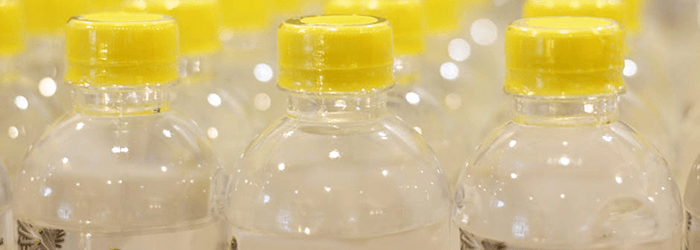
 What is it? Polyethylene terephthalate (PETE or PET) is a lightweight plastic that is made to be semi-rigid or rigid which makes it more impact resistant, and helps protect food or liquids inside the packaging.
What is it? Polyethylene terephthalate (PETE or PET) is a lightweight plastic that is made to be semi-rigid or rigid which makes it more impact resistant, and helps protect food or liquids inside the packaging.
How is it used? PET is commonly used in food packaging for soft drinks, sport drinks, single-serve water, ketchup, salad dressing, vitamins, vegetable oil bottles and peanut butter containers.
FDA Approved for food contact? Yes.
Recyclable: Yes. To be sure, check with your community recycling center.
HDPE (Recycling number 2 / Resin ID Code 2)
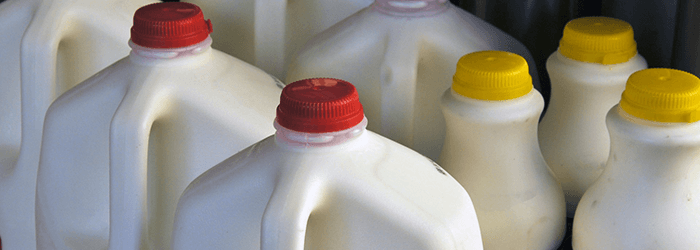
 What is it? High-density polyethylene (HDPE) is a hard, opaque plastic that is lightweight but also strong. For example, a HDPE milk jug container can weigh only two ounces but still be strong enough to carry a gallon of milk.
What is it? High-density polyethylene (HDPE) is a hard, opaque plastic that is lightweight but also strong. For example, a HDPE milk jug container can weigh only two ounces but still be strong enough to carry a gallon of milk.
How is it used? HDPE is commonly used in food packaging for juice and milk jugs, squeeze butter and vinegar bottles and chocolate syrup containers, as well as grocery bags.
FDA Approved for food contact? Yes.
Recyclable: Yes. To be sure, check with your community recycling center.
PVC (Recycling number 3 / Resin ID Code 3)
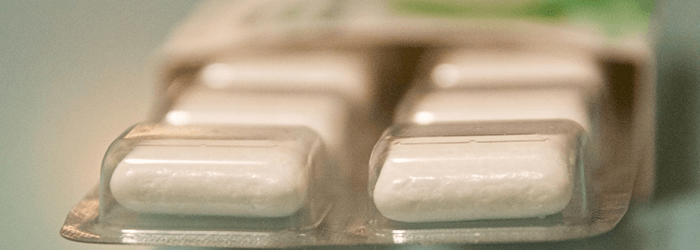
 What is it? The element chlorine is the primary ingredient used to make polyvinyl chloride (PVC), a common type of plastic that is biologically and chemically resistant. These two characteristics help PVC containers maintain the integrity of the products inside, including medicines.
What is it? The element chlorine is the primary ingredient used to make polyvinyl chloride (PVC), a common type of plastic that is biologically and chemically resistant. These two characteristics help PVC containers maintain the integrity of the products inside, including medicines.
How is it used? Clear vinyl is used as packaging for tamper-resistant over-the-counter medications, as well as shrink wrap for a variety of products. Vinyl also is used in blister packaging (packaging that has a plastic cavity or pocket) such as in packaging for breath mints or gum, for example.
FDA Approved for food contact? Yes.
Recyclable: Yes. To be sure, check with your community recycling center.
LDPE (Recycling number 4 / Resin ID Code 4)
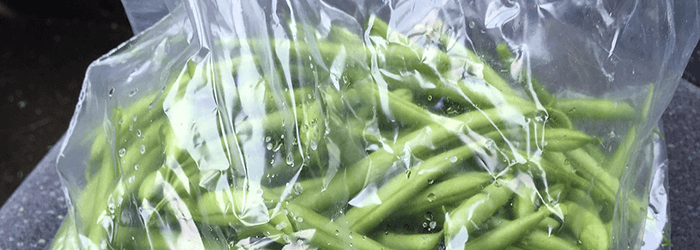
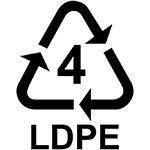 What is it? Low-density polyethylene (LDPE) is thinner than some other resins and also has high heat resilience. Due to its toughness and flexibility, LDPE is primarily used in film applications where heat sealing is needed but also used in rigid applications.
What is it? Low-density polyethylene (LDPE) is thinner than some other resins and also has high heat resilience. Due to its toughness and flexibility, LDPE is primarily used in film applications where heat sealing is needed but also used in rigid applications.
How is it used? LDPE is commonly used in food packaging to make coffee can lids, bread bags, six-pack soda can rings, as well as fruit and vegetable bags used in grocery stores.
FDA Approved for food contact? Yes.
Recyclable: If it is rigid, check with your community recycling center. If it is film, check with your grocery store.
PP (Recycling number 5 / Resin ID Code 5)
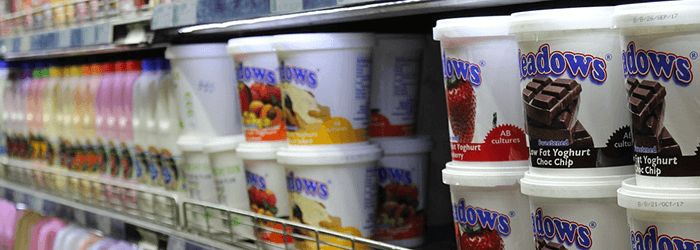
 What is it? Polypropylene (PP) is somewhat stiff but less brittle than some other plastics. It can be made translucent, opaque or a different color when it is manufactured. PP generally has a high melting point, making it particularly suitable for food packaging products that are used in microwaves or cleaned in dishwashers, for example.
What is it? Polypropylene (PP) is somewhat stiff but less brittle than some other plastics. It can be made translucent, opaque or a different color when it is manufactured. PP generally has a high melting point, making it particularly suitable for food packaging products that are used in microwaves or cleaned in dishwashers, for example.
How is it used? PP is commonly used in food packaging to make yogurt containers, maple syrup containers, cream cheese containers and sour cream containers, as well as prescription drug bottles.
FDA Approved for food contact? Yes.
Recyclable: Yes. To be sure, check with your community recycling center.
PS (Recycling number 6 / Resin ID Code 6)
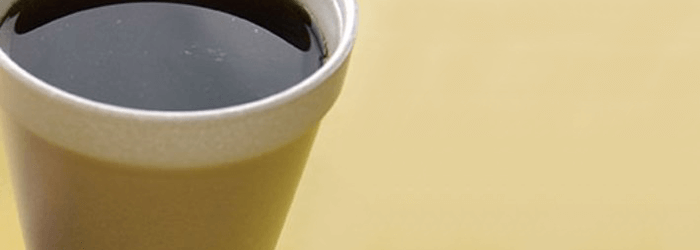
 What is it? Polystyrene (PS) is a colorless, hard plastic without much flexibility. It can be made into foam or cast into molds and given fine detail in its shape when it is manufactured, for instance into the shape of plastic spoons or forks.
What is it? Polystyrene (PS) is a colorless, hard plastic without much flexibility. It can be made into foam or cast into molds and given fine detail in its shape when it is manufactured, for instance into the shape of plastic spoons or forks.
How is it used? In food packaging, PS is commonly used to make plastic cups, deli and bakery trays, fast food containers and lids, hot cups and egg cartons.
FDA Approved for food contact? Yes.
Recyclable: Yes. To be sure, check with your community recycling center.
Other or O (Recycling number 7 / Resin ID Code 7)
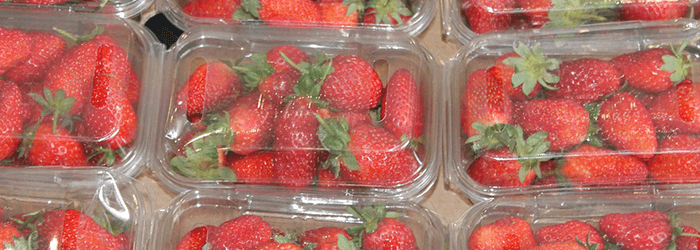
 What is it? “Other” or a #7 symbol on plastic packaging indicates that the packaging is made with a plastic resin other than the six types of resins listed above, for example the packaging could be made with polycarbonate or the bioplastic polylactide (PLA) for example, or it could be made with more than one plastic resin material.
What is it? “Other” or a #7 symbol on plastic packaging indicates that the packaging is made with a plastic resin other than the six types of resins listed above, for example the packaging could be made with polycarbonate or the bioplastic polylactide (PLA) for example, or it could be made with more than one plastic resin material.
How is it used? In food packaging, the #7 type of plastic is commonly used to make water cooler five-gallon jugs and some citrus juice and ketchup bottles as well as cups, coffee lids and clamshell containers.
FDA Approved for food contact? Yes.
Recyclable: Yes. To be sure, check with your community recycling center.
When it comes to reheating food, don’t fear the microwave. Some plastics are specifically created for microwave use.
For more safety information about plastics, visit ChemicalSafetyFacts.org’s plastics page.

